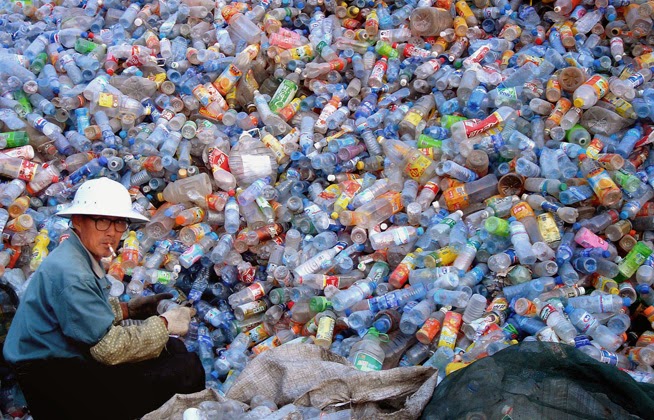1. Hundreds of Lionfish, Caribbean Invasive Species, Found and Sacrificed on Wreck
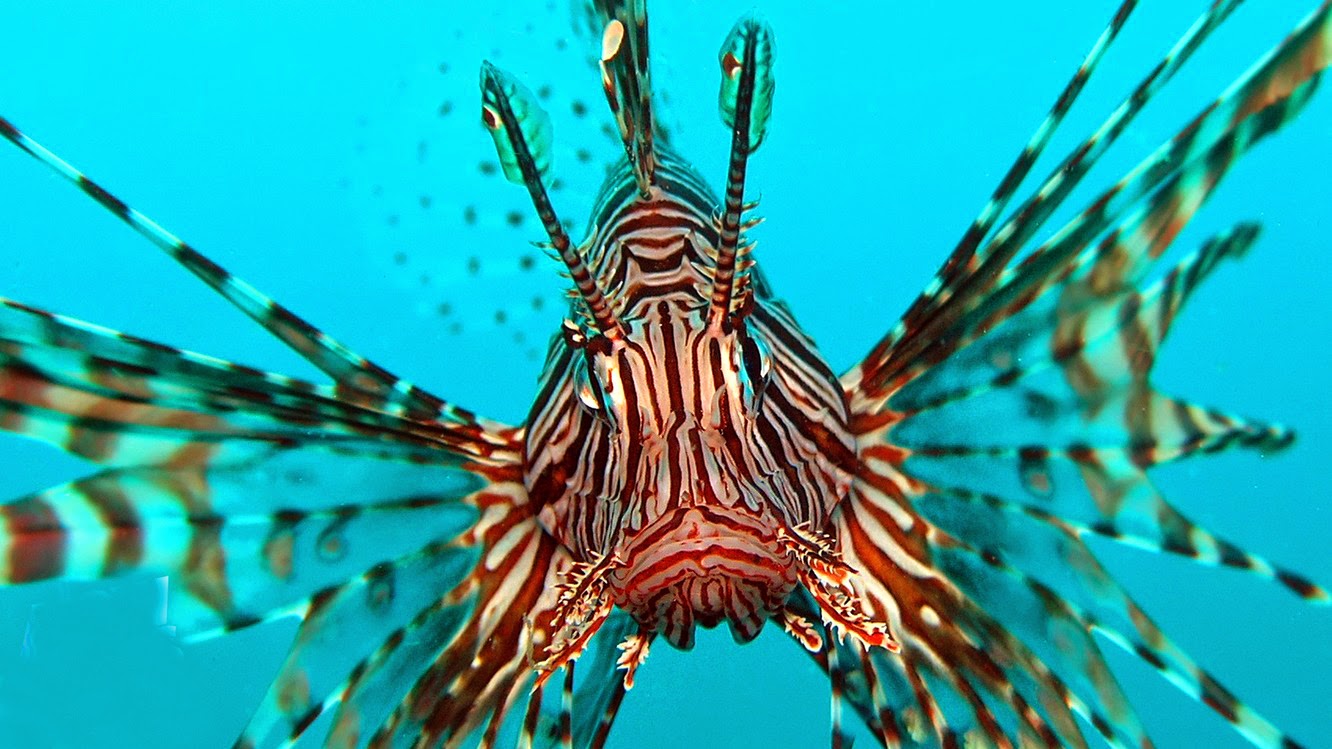 Lionfish are native to the Pacific and Indian Oceans. These striking fish have recently invaded the Caribbean, and without any natural predators, their numbers are exploding. A genetic study indicates that the entire displaced population originates from 8 individual fish, most likely released from a hobbyist’s aquarium. The video reveals sport divers discovering possibly hundreds of these fish on a single wreck. Watch Video…
Lionfish are native to the Pacific and Indian Oceans. These striking fish have recently invaded the Caribbean, and without any natural predators, their numbers are exploding. A genetic study indicates that the entire displaced population originates from 8 individual fish, most likely released from a hobbyist’s aquarium. The video reveals sport divers discovering possibly hundreds of these fish on a single wreck. Watch Video…
Michael Lawman is sifting through the sediment from a steamer wreck that sank in 1857. Scientists are searching for microorganisms that could one day help treat cancer and other diseases.
“It’s a different kind of treasure than we usually look for,” Lawman said. “Our interest is in the microorganisms in the ocean and in the seabed itself. Read more…
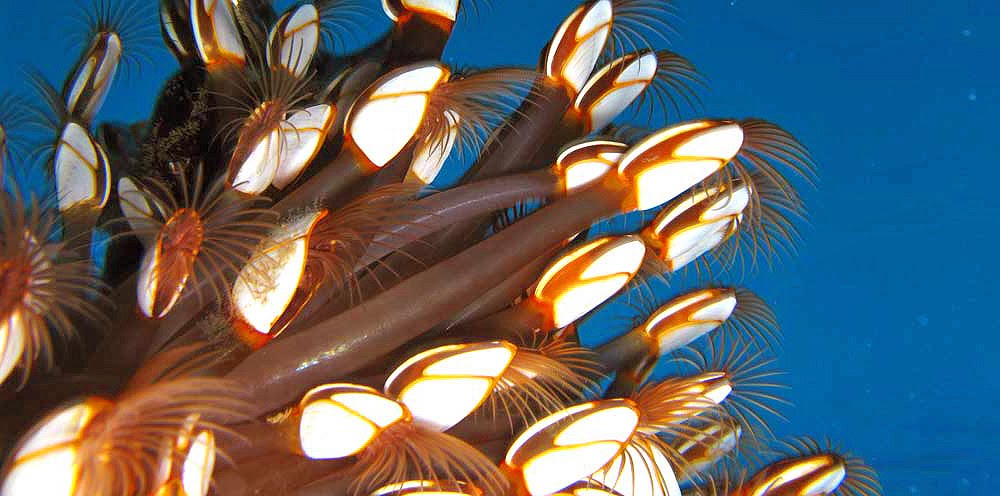 A recent study published in the International Journal of Molecular Sciences leverages extracted and sequenced barnacle DNA to lend insight into the effect climate change might have upon deep ocean species. Using barnacles as an indicator species, University Marine Biophysics Unit researcher, Yuichi Nakajima discusses the possible future of these unstudied animals. Read more…
A recent study published in the International Journal of Molecular Sciences leverages extracted and sequenced barnacle DNA to lend insight into the effect climate change might have upon deep ocean species. Using barnacles as an indicator species, University Marine Biophysics Unit researcher, Yuichi Nakajima discusses the possible future of these unstudied animals. Read more…
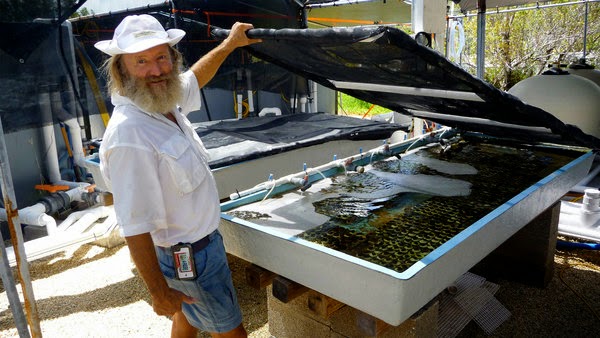 Microfragmenting, a technique used to quickly grow coral colonies, is being used by Dr. David Vaughan and Christopher Page. Thousands of tiny coral colonies are flourishing in elevated tanks at the Mote Tropical Research library in Florida. The harvest will be used to replace and reseed dying reefs in Florida and elsewhere. Read more…
Microfragmenting, a technique used to quickly grow coral colonies, is being used by Dr. David Vaughan and Christopher Page. Thousands of tiny coral colonies are flourishing in elevated tanks at the Mote Tropical Research library in Florida. The harvest will be used to replace and reseed dying reefs in Florida and elsewhere. Read more…
5. “Black Seadevil” Anglerfish Makes Debut in Monterey Recording
 Scientists monitoring a recent recording at the Monterey-based MBARI were delighted to see a video rendering of the elusive black sea devil anglerfish on their monitors. The high-definition video shows this fish in great detail and captures its movement and surrounding environment at 1,900 feet below the ocean’s surface. Read more…
Scientists monitoring a recent recording at the Monterey-based MBARI were delighted to see a video rendering of the elusive black sea devil anglerfish on their monitors. The high-definition video shows this fish in great detail and captures its movement and surrounding environment at 1,900 feet below the ocean’s surface. Read more… Tokyo University and the Japan Agency for Marine-Earth Science and Technology have combined forces to develop schematics for an ambitious project. The theory is that about 5,000 people could live and work in a modern-day Atlantis, a sphere 1,500 feet in diameter that would houses hotels, residential spaces, and commercial complexes. The sphere would rest at the surface and sink below during periods of harsh weather. Read more…
Tokyo University and the Japan Agency for Marine-Earth Science and Technology have combined forces to develop schematics for an ambitious project. The theory is that about 5,000 people could live and work in a modern-day Atlantis, a sphere 1,500 feet in diameter that would houses hotels, residential spaces, and commercial complexes. The sphere would rest at the surface and sink below during periods of harsh weather. Read more…
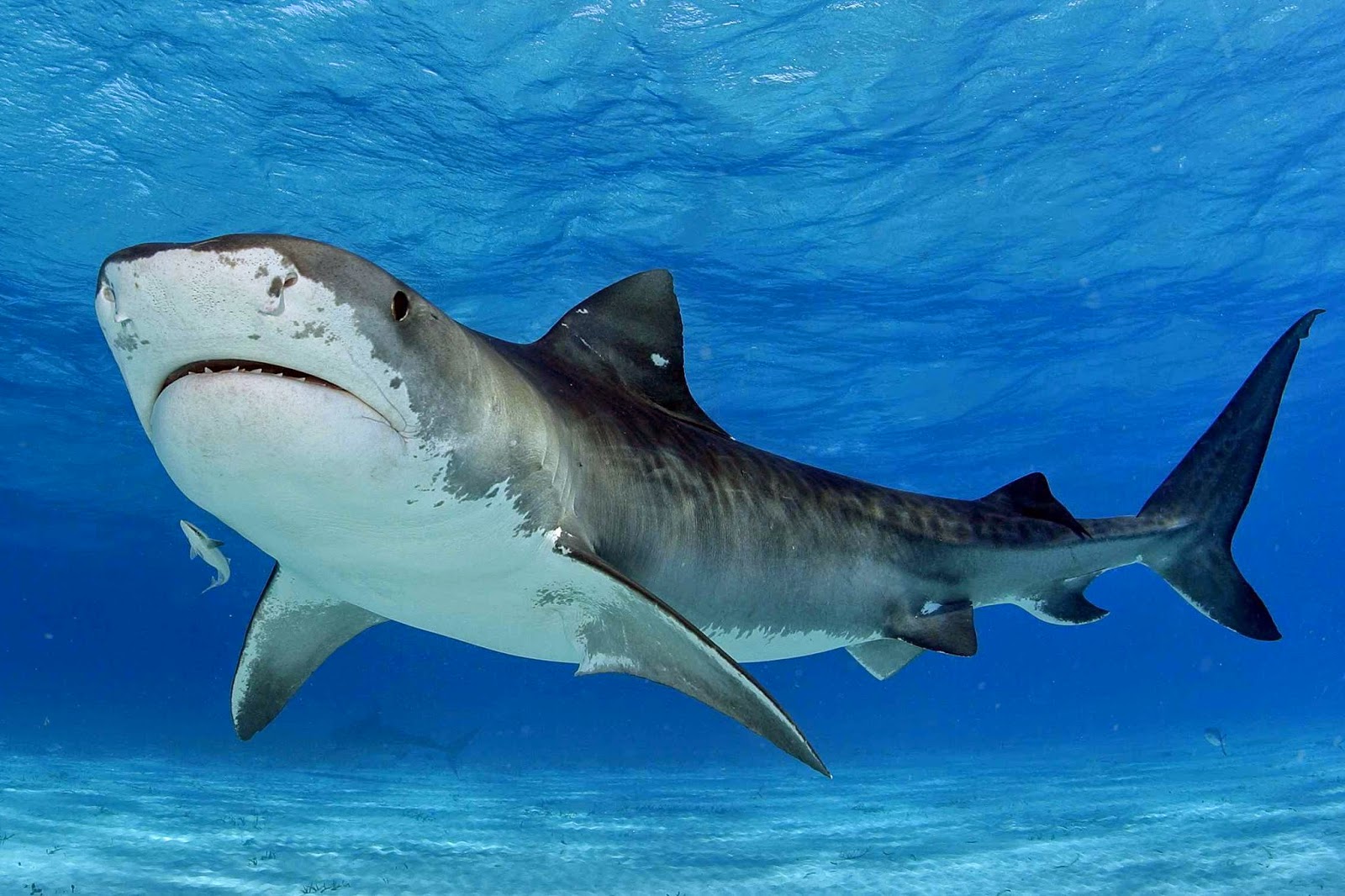 The state of Hawaii funded a study to tag and track the movements of tiger sharks in the waters off Maui. Dr. Carl Meyer from the University of Hawaii, Institute of Marine Biology, shared his findings this week. Twenty-four large tiger sharks were captured and fitted with tracking devices. Shark swimming patterns differ greatly from swimmers and surfers on all islands but Maui. Additional studies are examining why Maui patterns are aberrant. Read more…
The state of Hawaii funded a study to tag and track the movements of tiger sharks in the waters off Maui. Dr. Carl Meyer from the University of Hawaii, Institute of Marine Biology, shared his findings this week. Twenty-four large tiger sharks were captured and fitted with tracking devices. Shark swimming patterns differ greatly from swimmers and surfers on all islands but Maui. Additional studies are examining why Maui patterns are aberrant. Read more…
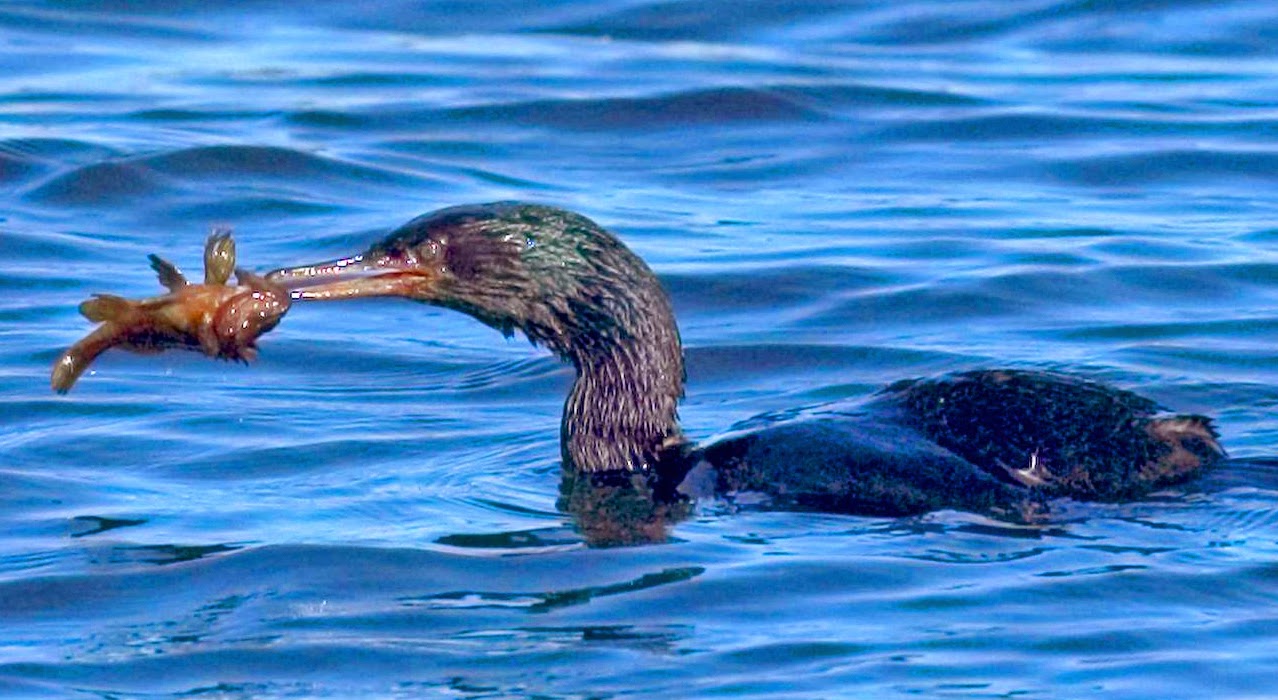
East Sand Island, Oregon, is home to the largest breeding colony of Caspian terns in the world and nearly 15,000 pairs of double-crested cormorants. Last summer, the United States government announced a proposal to kill 16,000 double-crested cormorants on the island over a period of four years. In the process they will also cover up the nesting sites to prevent future generations from breeding.
“They’re eating over 6% of the local, commercially valuable wild steelhead,” says Ritchie Graves, a NOAA fisheries biologist. This approach, “lethal control”—killing one species of animal to protect another—is becoming common. Increasing numbers of conservationists are protesting this activity..Read more…
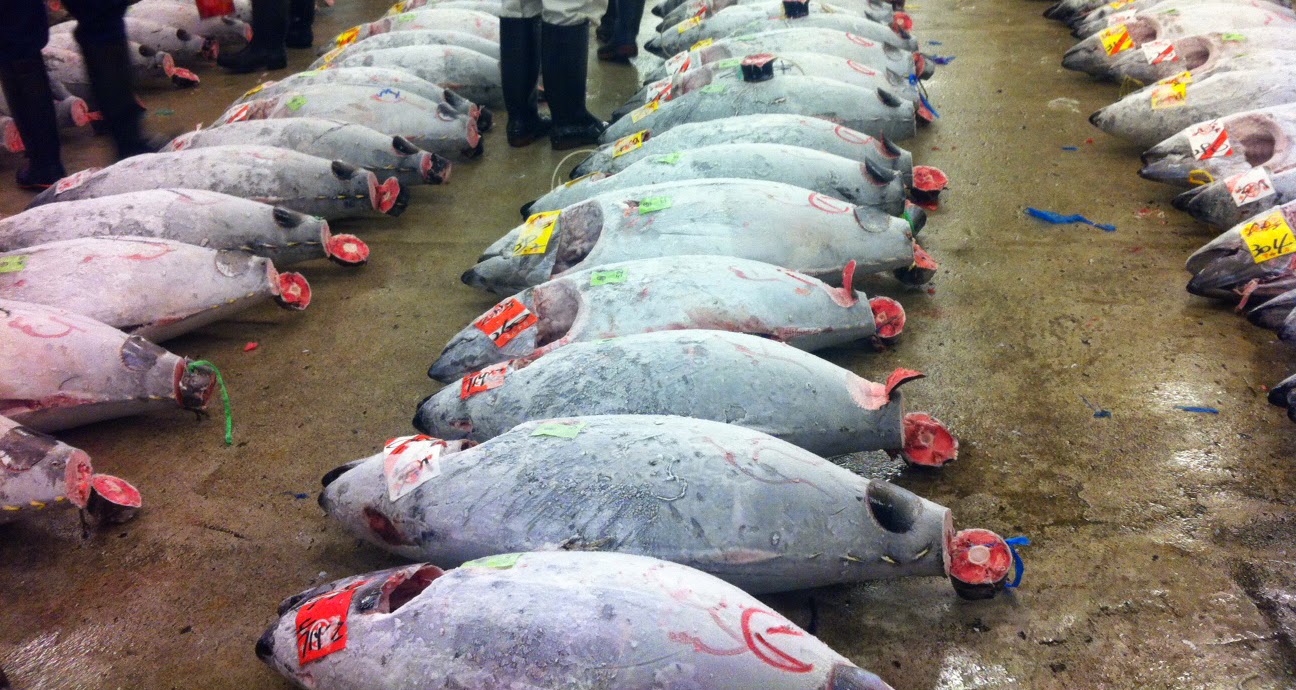 This month’s edition of the journal “Marine Ecology Progress” contains a new study: “A Century of Fish Biomass in the Ocean.” The results further underline that many species of economically and ecologically important predatory fish are being vastly overfished. It finds that the situation is beginning to improve in some regions, such as the US, thanks to better fisheries management – but says the situation remains dire in much of the developing world. Of special concern are blue tuna, swordfish, shark and grouper. Many predatory fish have decreased dramatically due to the great demand for sushi lovers worldwide. Read more…
This month’s edition of the journal “Marine Ecology Progress” contains a new study: “A Century of Fish Biomass in the Ocean.” The results further underline that many species of economically and ecologically important predatory fish are being vastly overfished. It finds that the situation is beginning to improve in some regions, such as the US, thanks to better fisheries management – but says the situation remains dire in much of the developing world. Of special concern are blue tuna, swordfish, shark and grouper. Many predatory fish have decreased dramatically due to the great demand for sushi lovers worldwide. Read more…
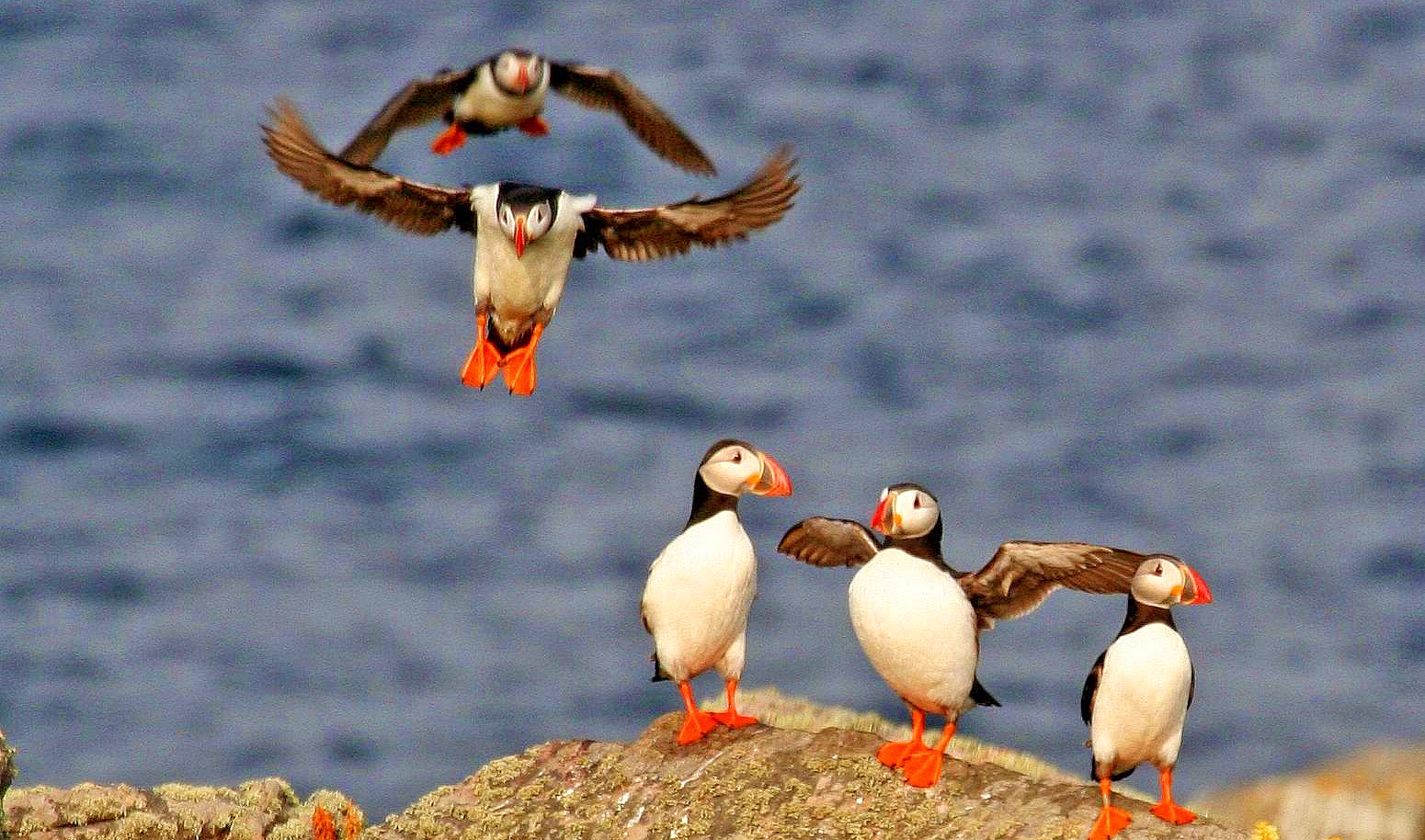 Protected areas cover more than 340,000 square km of coastal and marine ecosystems in Europe, according to the latest data. These areas are vitally important for protecting the continent’s most vulnerable species, habitats and marine life. Read more…
Protected areas cover more than 340,000 square km of coastal and marine ecosystems in Europe, according to the latest data. These areas are vitally important for protecting the continent’s most vulnerable species, habitats and marine life. Read more…12. Will Plastic That Degrades in Three Hours Help Diminish the Gyre Slurry?
Scientists from North Dakota State University have managed to come up with a new plastic that will degrade into small component parts within three hours upon exposure to the sun. Conservationists have been fighting for years to end the use of all single-use plastic, arguing that most “recyclable” plastic end up in landfills. Changes in behavior, including refusal of single-use plastics, are considered by many to be the best alternative. Read more…



